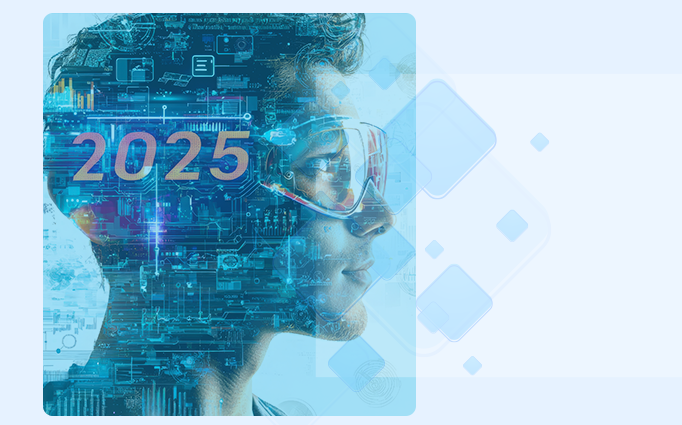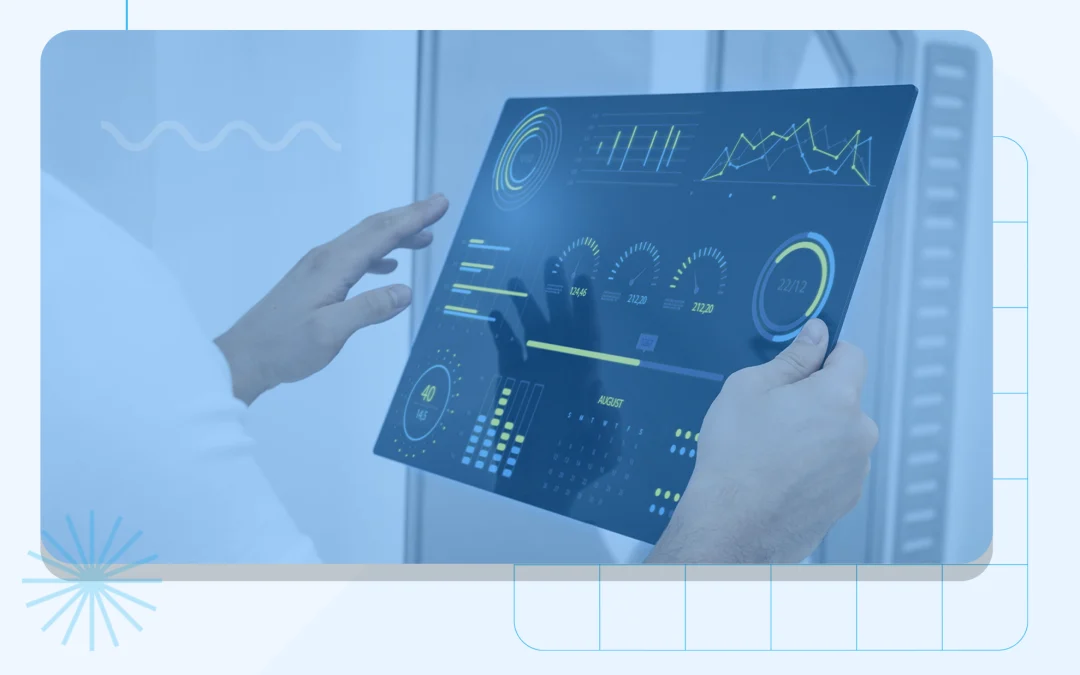What Is the Software Development Life Cycle?
The Software Development Life Cycle (SDLC) is the process of planning, building, testing, and deploying software applications.
It helps teams deliver high-quality products efficiently by following a clear structure and defined stages.
A well-implemented SDLC reduces risk, improves quality, and keeps teams aligned from concept to release.
The 7 Key Phases of SDLC
1️⃣Planning
Define goals, resources, timelines, and risks.
Deliverables include feasibility studies, project scope, and budget forecasts.
A clear plan aligns stakeholders and minimizes future delays.
2️⃣ Requirements Analysis
Collect and document what the software must do through interviews, user stories, and SRS documentation.
Precise requirements prevent rework and ensure business needs are met.
3️⃣ Design
Architects and engineers translate requirements into blueprints:
- High-Level Design (HLD): overall architecture and data flow.
- Low-Level Design (LLD): database, API, and interface specifications.
Modern design emphasizes scalability, security, and maintainability.
4️⃣ Development (Coding)
Developers write the actual code following the design documents and coding standards.
Agile sprints, code reviews, and automated builds (GitLab, Jenkins) improve efficiency and consistency.
5️⃣ Testing
Test the application to verify that all features work as intended:
- Unit and integration tests
- System and acceptance testing
- Automated QA with Selenium, Playwright, or JUnit
Quality assurance ensures stability before release.
6️⃣ Deployment
Deploy the application into the production environment.
Use cloud-based CI/CD pipelines for faster, safer releases.
Common strategies include phased rollouts and continuous deployment.
7️⃣ Maintenance
After launch, teams monitor performance, fix bugs, and update features.
Tools like Grafana or Prometheus help track uptime and user experience in real time
Main SDLC Models
| Model | Description | Ideal Use Case |
|---|---|---|
| Waterfall | Linear, sequential stages | Simple or fixed-scope projects |
| Agile | Iterative, adaptive approach | Dynamic, client-driven projects |
| DevOps | Continuous integration & delivery | Fast release environments |
| Spiral | Combines iteration with risk analysis | Large, complex systems |
| V-Model | Parallel testing and development | High-reliability projects |
Benefits of a Defined SDLC
- Predictable project timelines
- Consistent software quality
- Early issue detection
- Better collaboration across teams
- Easier scalability and long-term maintenance
Best Practices for Success
- Follow Agile methodology for iterative delivery.
- Integrate CI/CD pipelines for faster deployments.
- Use automated testing to improve reliability.
- Maintain clear documentation and version control.
- Continuously monitor and optimize performance.
Conclusion
A robust Software Development Life Cycle (SDLC) transforms the way teams design, build, and maintain software.
By combining structured planning with modern tools and an Agile-DevOps culture, companies can deliver innovative, high-performance solutions that continuously adapt to evolving business needs.







